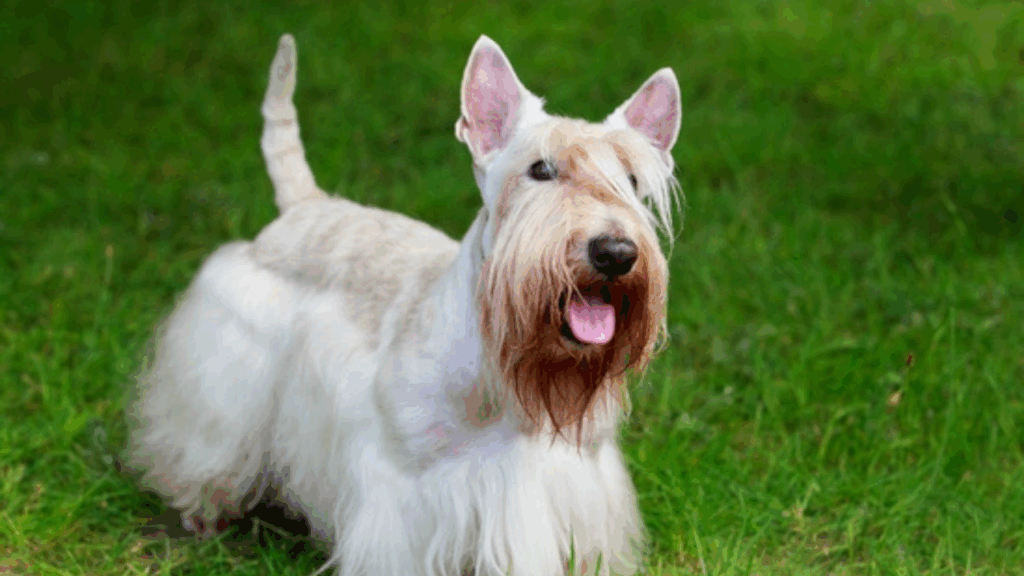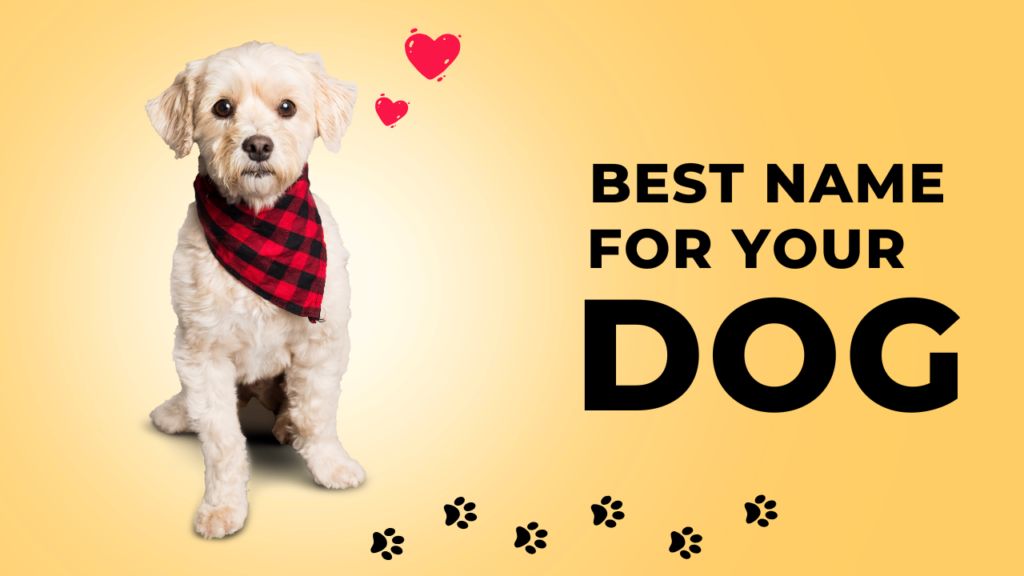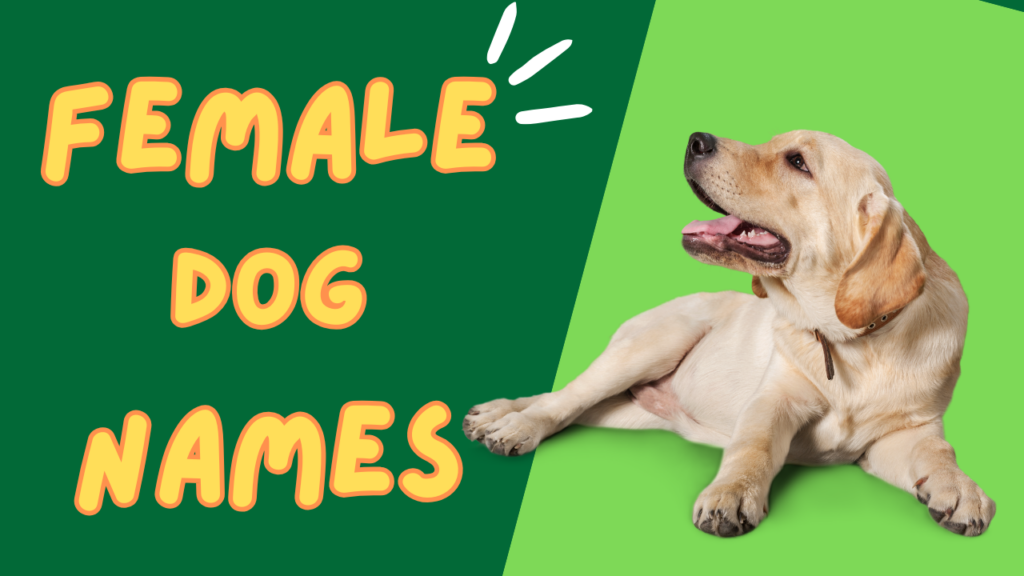The Scottish Terrier, affectionately known as the “Scottie,” is a small dog with a big personality. With its distinctive silhouette, iconic beard and eyebrows, and proud carriage, the Scottie has long been recognized as a symbol of courage, independence, and loyalty. Originally bred to hunt vermin in the rugged Scottish Highlands, this breed has transitioned seamlessly into a beloved household companion admired for its intelligence, spunk, and elegance.
Origins and History
The Scottish Terrier has a long and storied history dating back to the early 18th century. It hails from Scotland, where it was developed as a working terrier capable of going to ground to hunt foxes, rats, and badgers. The exact origins are difficult to pinpoint due to the limited written records of the time, but the Scottie is believed to be one of the oldest terrier breeds in existence.
It was once grouped under the general term “Skye Terrier” with other Highland terriers before being recognized as its own distinct breed in the late 19th century. The breed gained popularity both in Britain and America, eventually becoming one of the most iconic terrier breeds. Notably, President Franklin D. Roosevelt’s Scottie, named Fala, played a role in popularizing the breed in the United States during the 1940s.
Appearance
The Scottish Terrier is instantly recognizable with its short legs, compact body, and distinctive facial furnishings.
Key features include:
- Height & Weight: Typically 10 inches tall at the shoulder, weighing between 18 to 22 pounds.
- Coat: A dense, wiry outer coat with a soft undercoat. Coat colors include black (most common), wheaten, or brindle.
- Head: Long and strong with erect ears and dark, intelligent eyes.
- Tail: Medium-length and carried upright like a little plume.
- Expression: Keen, alert, and always slightly serious—reflecting its no-nonsense nature.
The breed’s silhouette is unmistakable and often depicted in art, decor, and even advertising as a symbol of plucky elegance.
Temperament and Personality
Scottish Terriers are known for their confident, independent, and spirited nature. Despite their small size, they carry themselves with a dignity that’s almost aristocratic. However, don’t mistake their composed appearance for aloofness—they have a mischievous and playful side that emerges in familiar company.
Notable traits:
- Loyalty: Extremely devoted to their family and often form strong bonds with one particular person.
- Reserved with strangers: Scotties are polite but not overly friendly with new people, which makes them good watchdogs.
- Independent thinkers: They enjoy making decisions on their own, which can come off as stubbornness.
- Bold and fearless: True to their terrier heritage, they face challenges head-on and won’t back down easily.
While they are affectionate and enjoy company, Scotties are not clingy. They appreciate a bit of independence and will often find their own spot to nap or observe the household.
Training and Exercise
Scottish Terriers are intelligent and quick learners, but their independence means they require consistent, patient training. Harsh methods can backfire—positive reinforcement is far more effective.
Training tips:
- Start early: Puppy training classes and early socialization are essential to mold a well-rounded dog.
- Mental stimulation: Puzzle toys, scent work, and interactive games help satisfy their curious minds.
- Firm leadership: Letting them “run the house” will result in a bossy little dog. Establishing rules and routines is key.
In terms of exercise, Scotties enjoy daily walks and playtime, but they are not hyperactive. A couple of short walks and some indoor play are usually sufficient.
Grooming and Maintenance
Scottish Terriers have a double coat that requires regular upkeep to keep them looking their best.
Grooming essentials:
- Brushing: At least 2–3 times a week to prevent mats and tangles.
- Hand-stripping or clipping: Hand-stripping (removing dead hairs by hand) is recommended for show dogs, while clipping is fine for pet Scotties.
- Bathing: As needed, usually once a month.
- Facial cleaning: Their long beards can trap food and dirt, so regular cleaning is a must.
Despite the grooming requirements, Scotties are considered low-shedding, which is a bonus for people who want a cleaner home.
Health and Lifespan
The Scottish Terrier is generally a healthy breed, with a lifespan of around 12 to 14 years. However, like all breeds, they are susceptible to some genetic conditions, including:
- Scottie Cramp (a neuromuscular condition)
- Von Willebrand’s Disease (a bleeding disorder)
- Bladder cancer (more common in the breed than in others)
- Allergies and skin issues
Responsible breeders test for these conditions, and regular veterinary checkups can help ensure a long, healthy life.
Is the Scottish Terrier Right for You?
Scottish Terriers make excellent companions for those who appreciate a dignified, intelligent, and loyal dog with a hint of attitude. They are best suited for:
- Owners who enjoy independent dogs
- Singles or couples looking for a small watchdog
- Families with older children
- People who can invest time in grooming and firm but kind training
They may be less suited for households with small pets like rodents or rabbits due to their hunting instincts.
Conclusion
The Scottish Terrier is a unique blend of independence, elegance, and bravery. With its iconic appearance and bold personality, this little dog commands respect wherever it goes. Whether as a loyal companion, a quiet sentinel, or a charming addition to the family, the Scottie is a breed full of character and heart—truly a noble little terrier from the highlands of Scotland.

Andy Parker is a dog lover, writer, and senior editor at BarkPicks. With years of experience covering canine health, training, and gear, he helps pet parents make smarter choices for happier, healthier dogs. Andy shares his home (and heart) with two rescue pups, Charlie and Mia.



